Even though it has been knocking around Europe for at least a decade, Héritiers Madkaud is not a name that will be instantly familiar to many rum aficionados…it’s probably best known to the French. They have occasionally been spotted on the festival circuit (and won a few awards), and remain easier to find in online stores than in brick and mortar shops. The rhums they release are from Martinique, are AOC certified cane juice rhums, and the blanc I tried was definitely right up there, so it’s kind of a downer that more people aren’t familiar with it
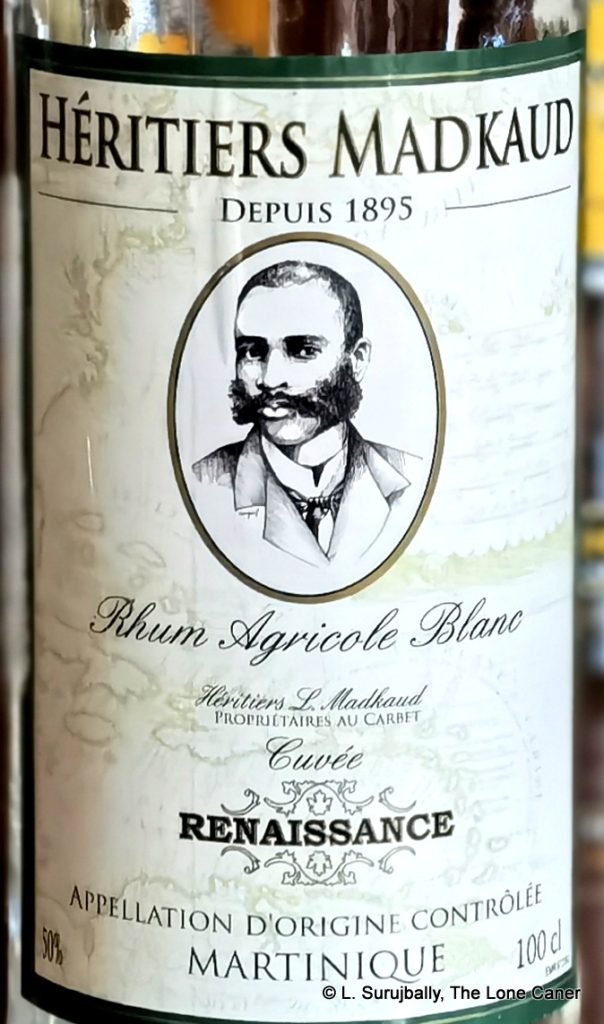 A few words about the brand, then. The basic story is that in 1893, Félicien Madkaud — the son of a freed slave from Lorraine in the north of Martinique — married the mulatto heiress of a Bordeaux merchant. Her funds gave him the capital that enabled him to buy the Fond Capot distillery in 1895 – this was part of the Duvallon estate in Carbet, then the Bellevue distillery, located near by the west-coast commune of Case Pilote. In 1906 Félicien helped his brother Augustin to open a distillery at La Dupuis in Lorrain, then he opened another for himself in Macedonia in 1920; and in 1924 he set up his nephew Louisy with La Digue distillery, which maintained production of Héritiers Madkaud rums until the mid-1970s before shuttering (the others had been closing since 1969 and La Digue was the only one left). In the early 2010s, Stéphane Madkaud, Félicien’s great-grandson, revived the brand, with distillation contracted out to Saint James in Sainte-Marie, based on – you guessed it – old family recipes.
A few words about the brand, then. The basic story is that in 1893, Félicien Madkaud — the son of a freed slave from Lorraine in the north of Martinique — married the mulatto heiress of a Bordeaux merchant. Her funds gave him the capital that enabled him to buy the Fond Capot distillery in 1895 – this was part of the Duvallon estate in Carbet, then the Bellevue distillery, located near by the west-coast commune of Case Pilote. In 1906 Félicien helped his brother Augustin to open a distillery at La Dupuis in Lorrain, then he opened another for himself in Macedonia in 1920; and in 1924 he set up his nephew Louisy with La Digue distillery, which maintained production of Héritiers Madkaud rums until the mid-1970s before shuttering (the others had been closing since 1969 and La Digue was the only one left). In the early 2010s, Stéphane Madkaud, Félicien’s great-grandson, revived the brand, with distillation contracted out to Saint James in Sainte-Marie, based on – you guessed it – old family recipes.
Currently the stable of the house has six rhums, three of which are unaged blancs: a standard white at 40% first released in 2007, a 50% edition called the Castlemore that came out in 20121; and the 50% ABV “Renaissance”, which was a 2017 special edition to commemorate 160 years of the birth of Félicien Madkaud, and for which the label changed – though I’m not sure anything else did.
Be that as it may, it is clear that the Cuvée Renaissance is staking out some new territory, because the nose starts out with such originality (this is not an unmixed blessing) that I had to look carefully at the label again to make sure I really was having an agricole. This rhum exudes a meaty, gamey, stinky aroma that induces PTSD flashbacks to the Long Pond TECA, or the Seven Seas Japanese rum…except that by some subtle alchemy it succeeds (sort of) whereas those just cheerfully traumatise. There are accompanying smells of really spoiled fruits and grapes that are flaccid and gone seriously off and yet I found myself somewhat enjoying the sheer chutzpah of the amalgam – maybe that’s because after a bit one can sense some lemon rind, lighter fruits (pears, papayas) and florals which take the bite off, balance things better, and tame the beast…although without ever entirely allowing a complete escape from the slightly rancid opening notes.
 Much of this repeats when tasted. Here the 50% takes over and gives a fierceness to the profile that points up the youth and untamed nature of the rhum. Once again it starts with meat, rotting fruit and a sort of earthy taste that reminds me of an abandoned house with waterlogged drywall, an unwashed wet dog (!!) and even (get this), quinine. To its credit there are other late developing flavours that rescue it from disaster – citrus, fanta, tonic water, more light fruits and hot sweet pastries – and the finish is surprisingly well handled with musky fruity notes cut with sharper citrus and sauerkraut.
Much of this repeats when tasted. Here the 50% takes over and gives a fierceness to the profile that points up the youth and untamed nature of the rhum. Once again it starts with meat, rotting fruit and a sort of earthy taste that reminds me of an abandoned house with waterlogged drywall, an unwashed wet dog (!!) and even (get this), quinine. To its credit there are other late developing flavours that rescue it from disaster – citrus, fanta, tonic water, more light fruits and hot sweet pastries – and the finish is surprisingly well handled with musky fruity notes cut with sharper citrus and sauerkraut.
This is, admittedly, one of those rhums that will polarise opinion and even I have to concede that it does take some getting used to, and while I dislike using terms like “acquired taste,” it’s absolutely not a rhum I would recommend to neophytes. It’s a hard act to pin down because there so much weird sh*t going on at all times and after trying it four times over two days, my tasting notes are peppered with words like” amazed”, “impressed”, “fear-inducing”, “zoweee!”, “crazy” and “wtf?” You get the picture.
And yet, and yet…for all that, I believe the rhum is peculiarly excellent (I chose the term carefully), and resolutely walks its own path, with tastes that within their limits, work. If the test of any rhum you’ve not tried before is how it makes you remember it after just a single session, then something exciting the thoughts this one does is hardly a failure. That kind of originality is a rarity in this day and age of milquetoast conformity, and I agree that it’s not a rum that’s easy to love…but by God, it sure is one to respect.
(#1075)(85/100) ⭐⭐⭐½
Other notes
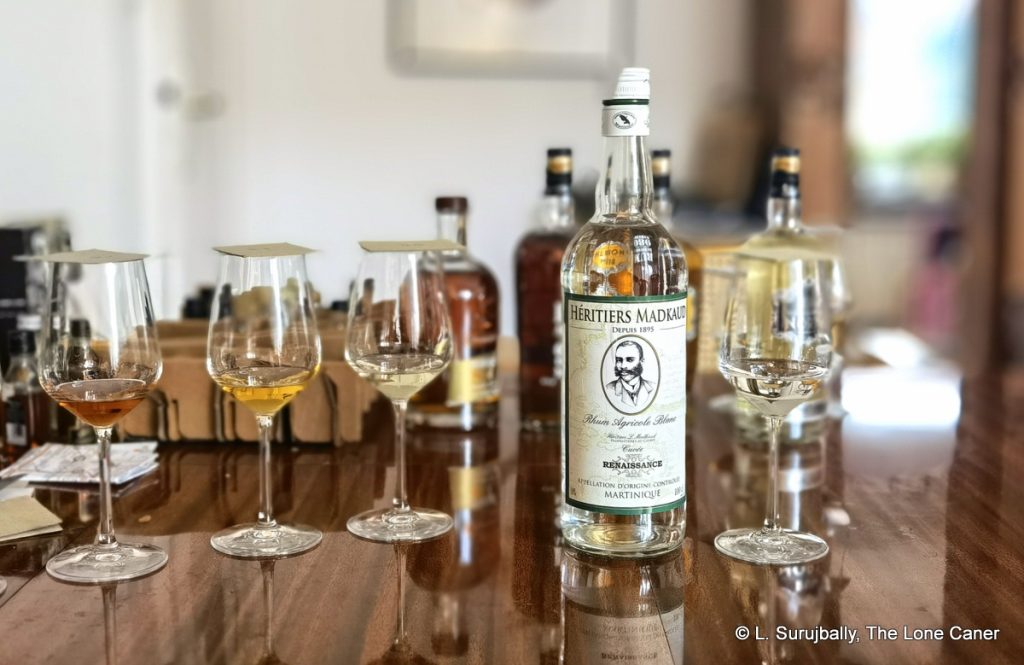
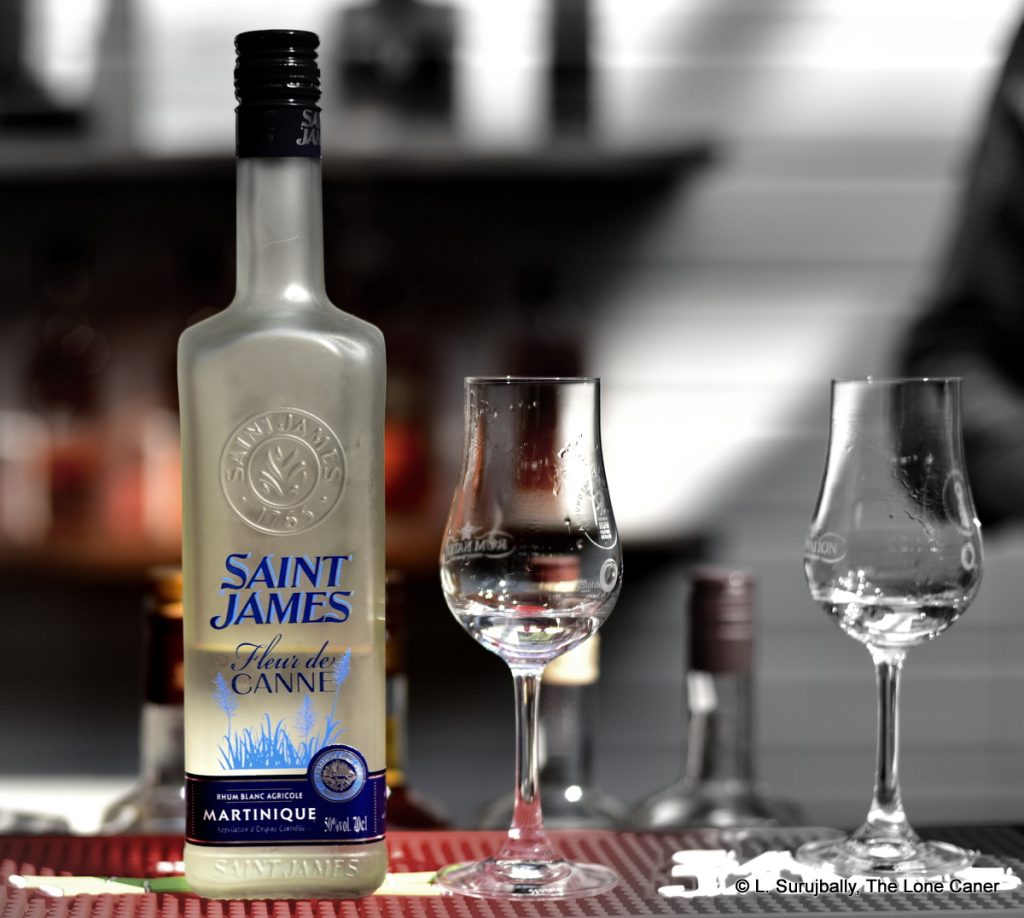

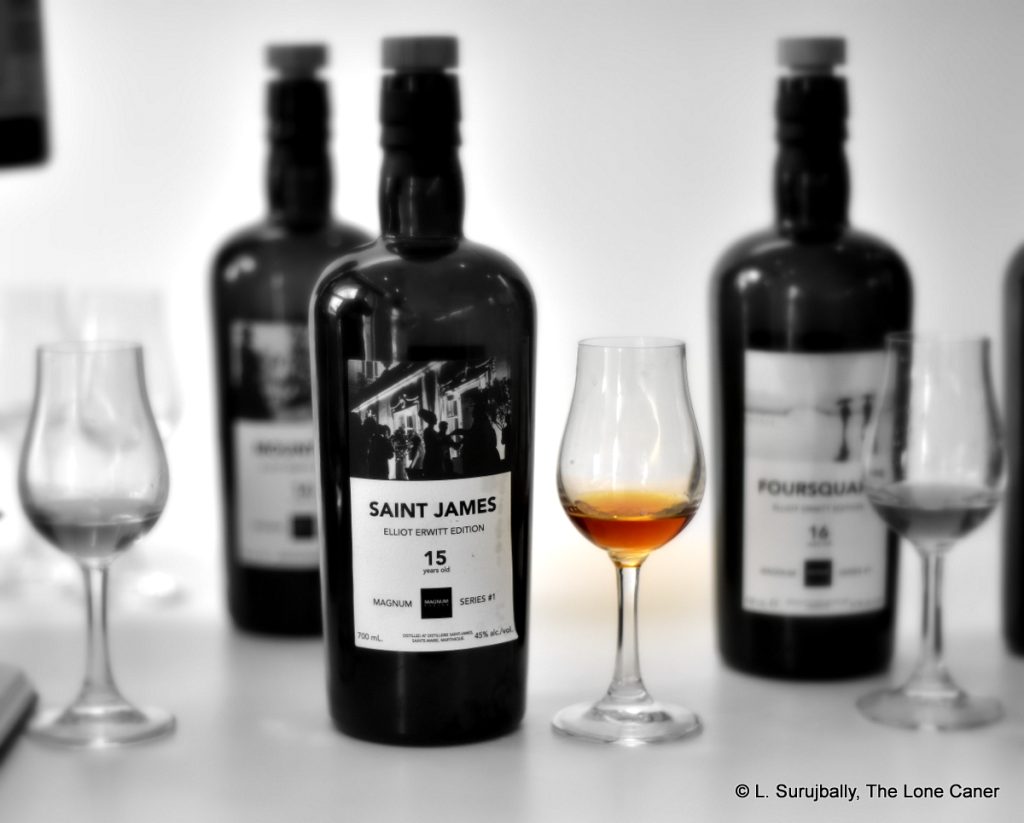
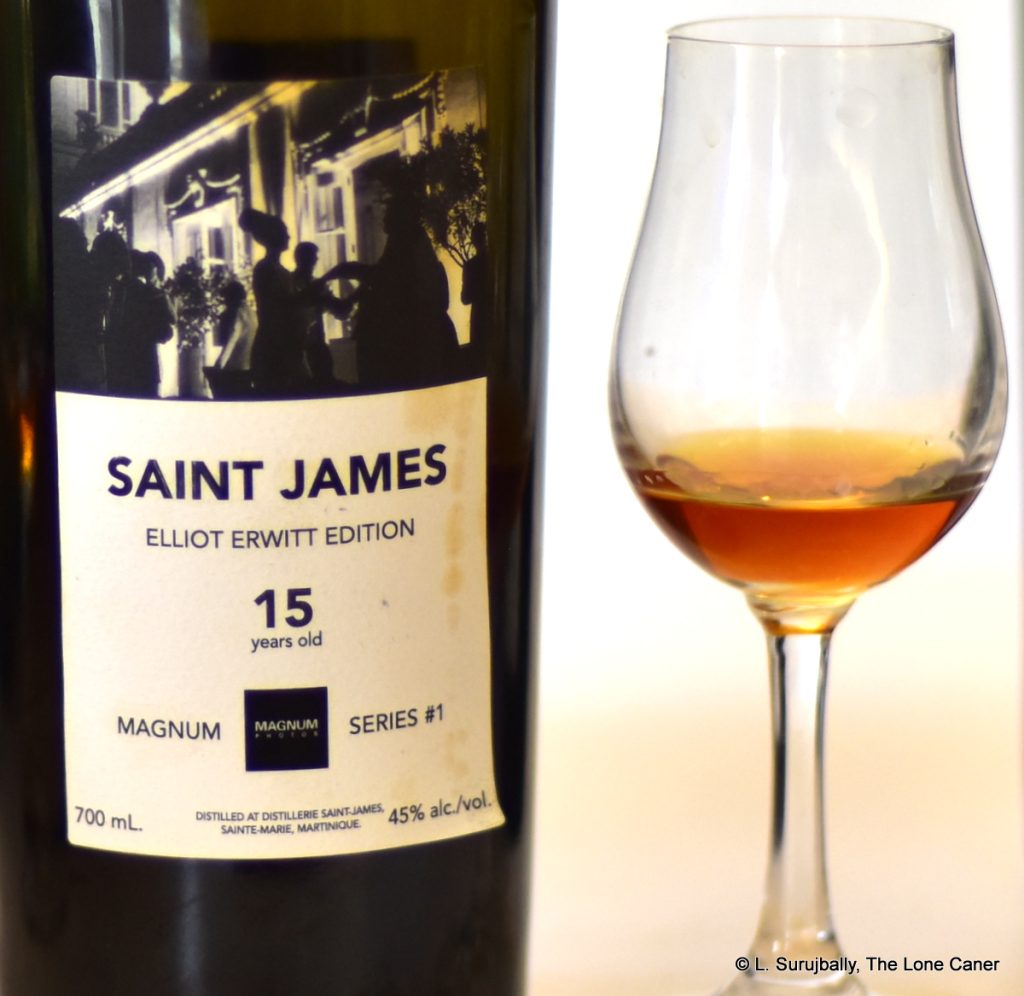
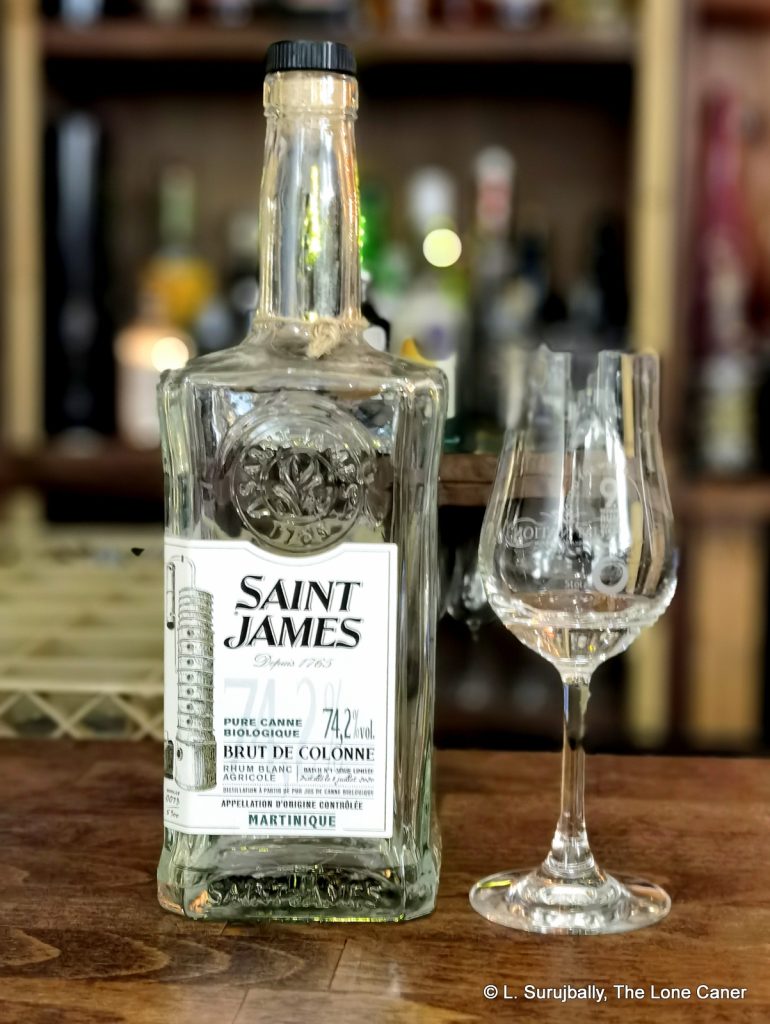
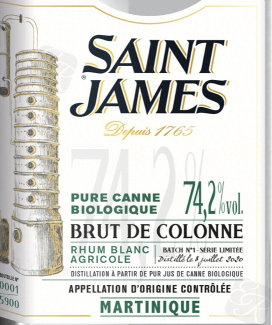
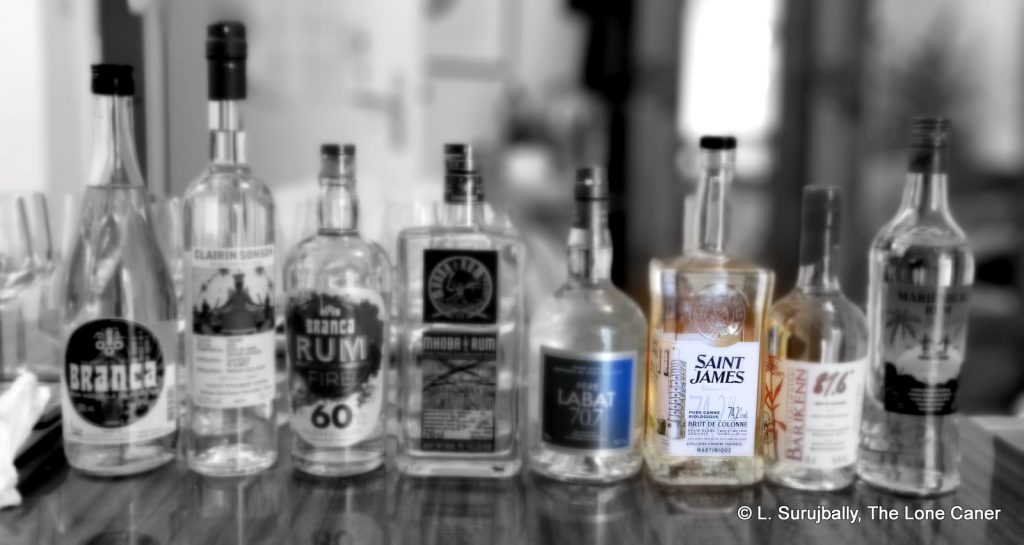
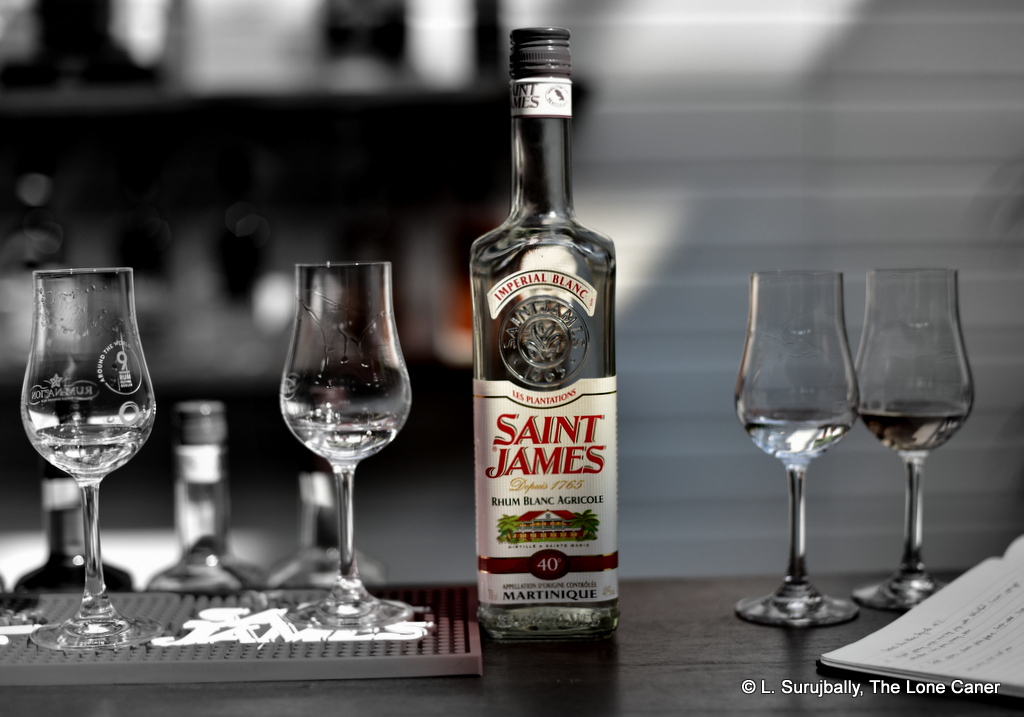
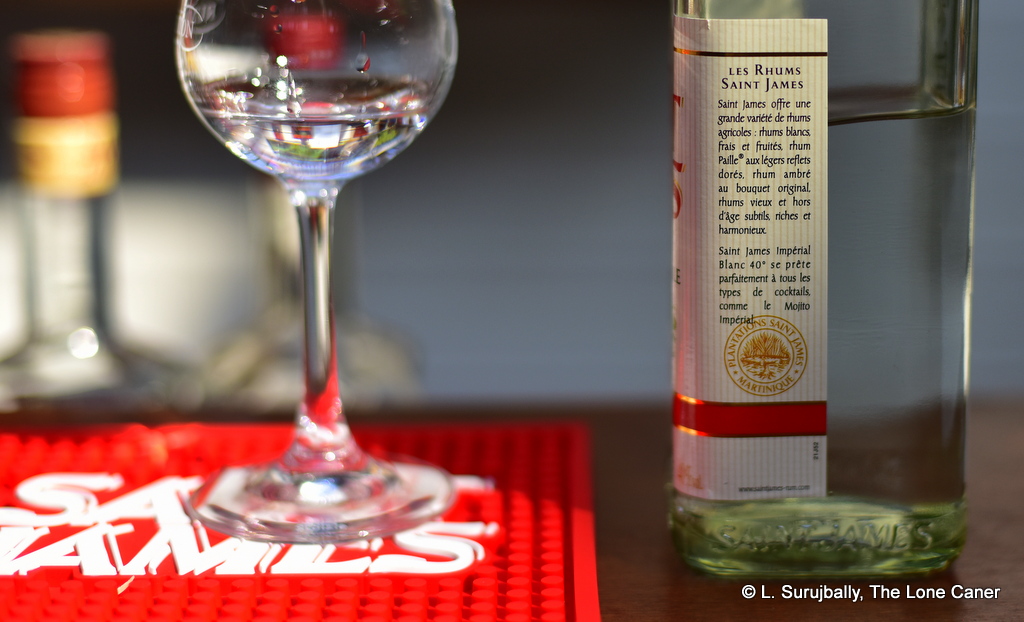
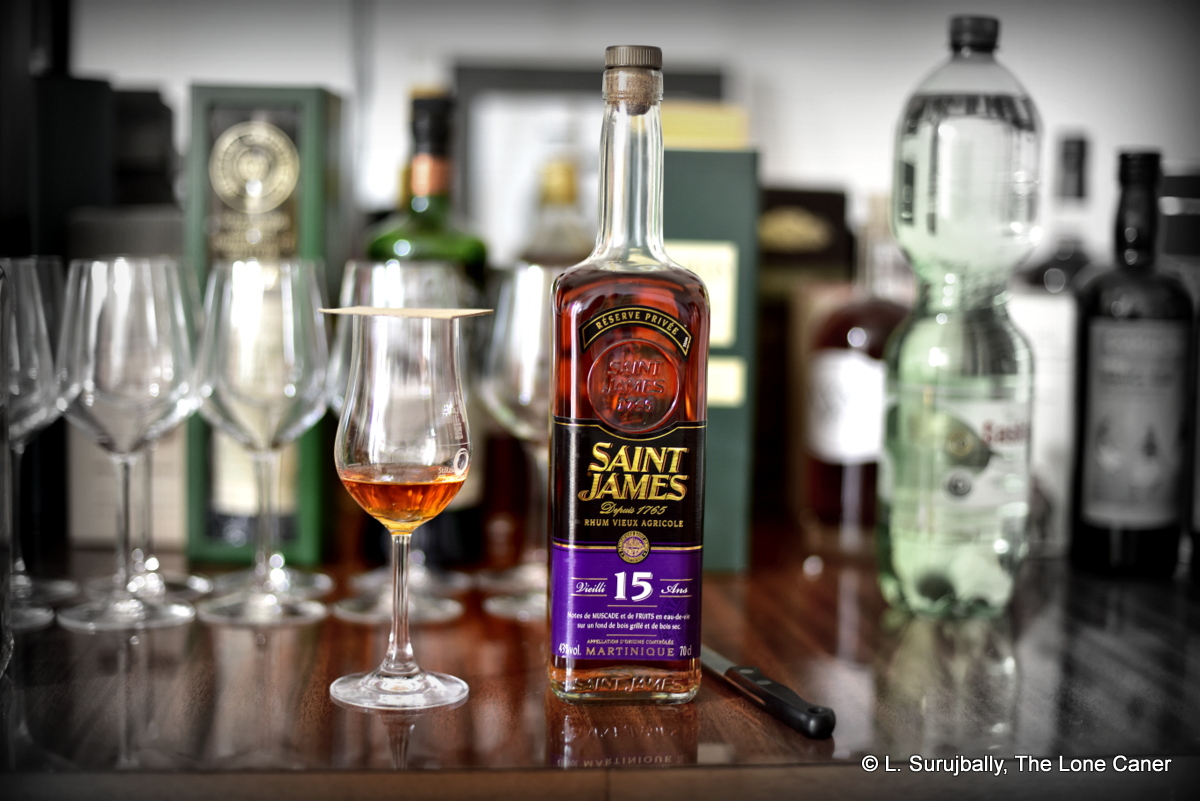
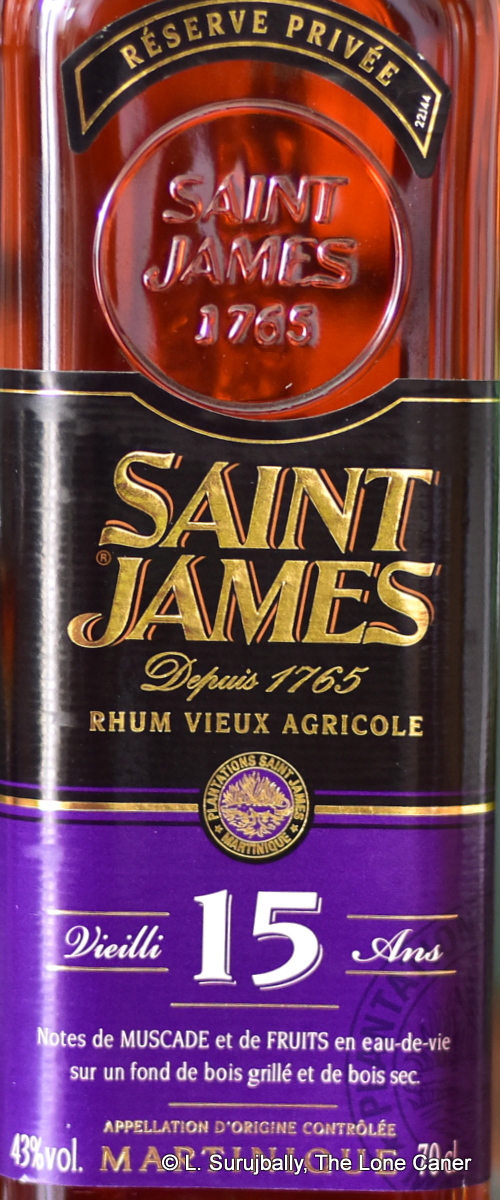 Because that 15 year old rhum is, to my mind, something of an underground, mass-produced steal. It has the most complex nose of the “regular” lineup, and also, paradoxically, the lightest overall profile — and also the one where the grassiness and herbals and the cane sap of a true agricole comes through the most clearly. It has the requisite crisp citrus and wet grass smells, sugar came sap and herbs, and combines that with honey, the delicacy of white roses, vanilla, light yellow fruits, green grapes and apples. You could just close your eyes and not need ruby slippers to be transported to the island, smelling this thing. It’s sweet, mellow and golden, a pleasure to hold in your glass and savour
Because that 15 year old rhum is, to my mind, something of an underground, mass-produced steal. It has the most complex nose of the “regular” lineup, and also, paradoxically, the lightest overall profile — and also the one where the grassiness and herbals and the cane sap of a true agricole comes through the most clearly. It has the requisite crisp citrus and wet grass smells, sugar came sap and herbs, and combines that with honey, the delicacy of white roses, vanilla, light yellow fruits, green grapes and apples. You could just close your eyes and not need ruby slippers to be transported to the island, smelling this thing. It’s sweet, mellow and golden, a pleasure to hold in your glass and savour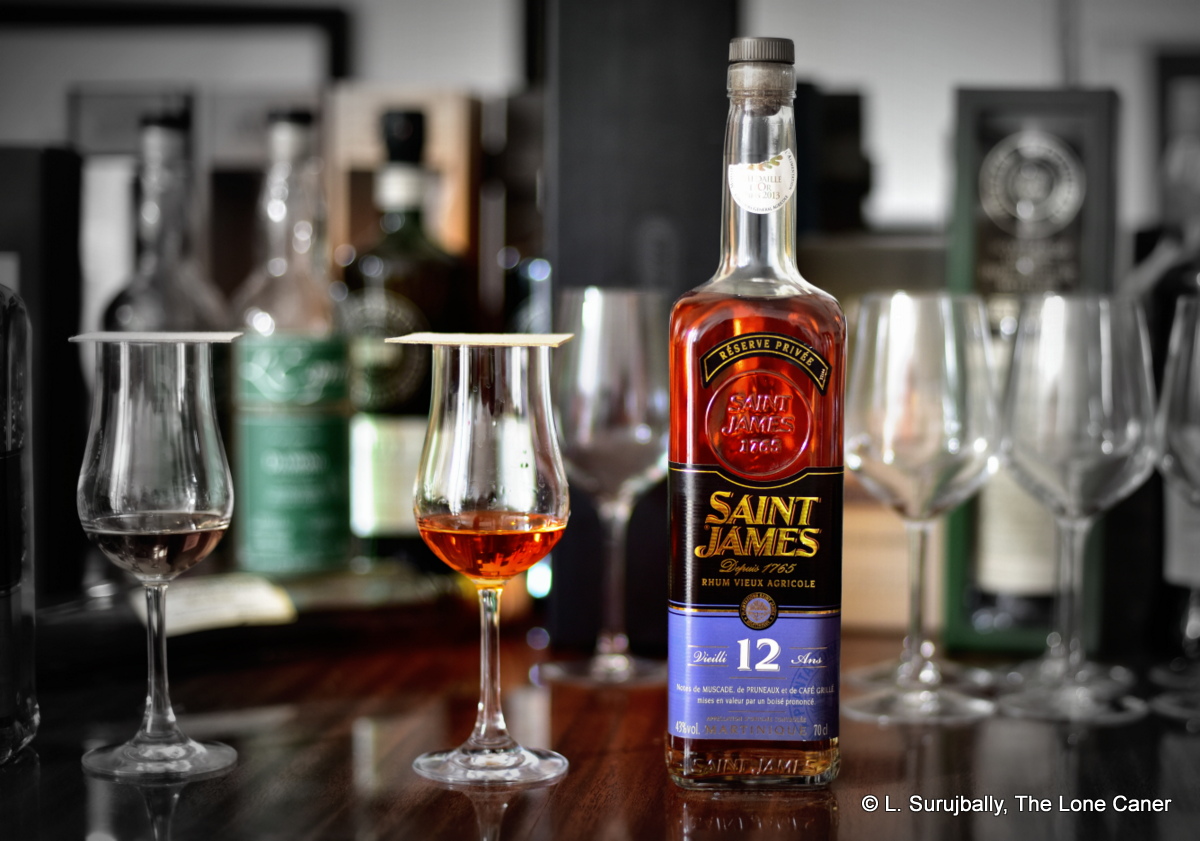
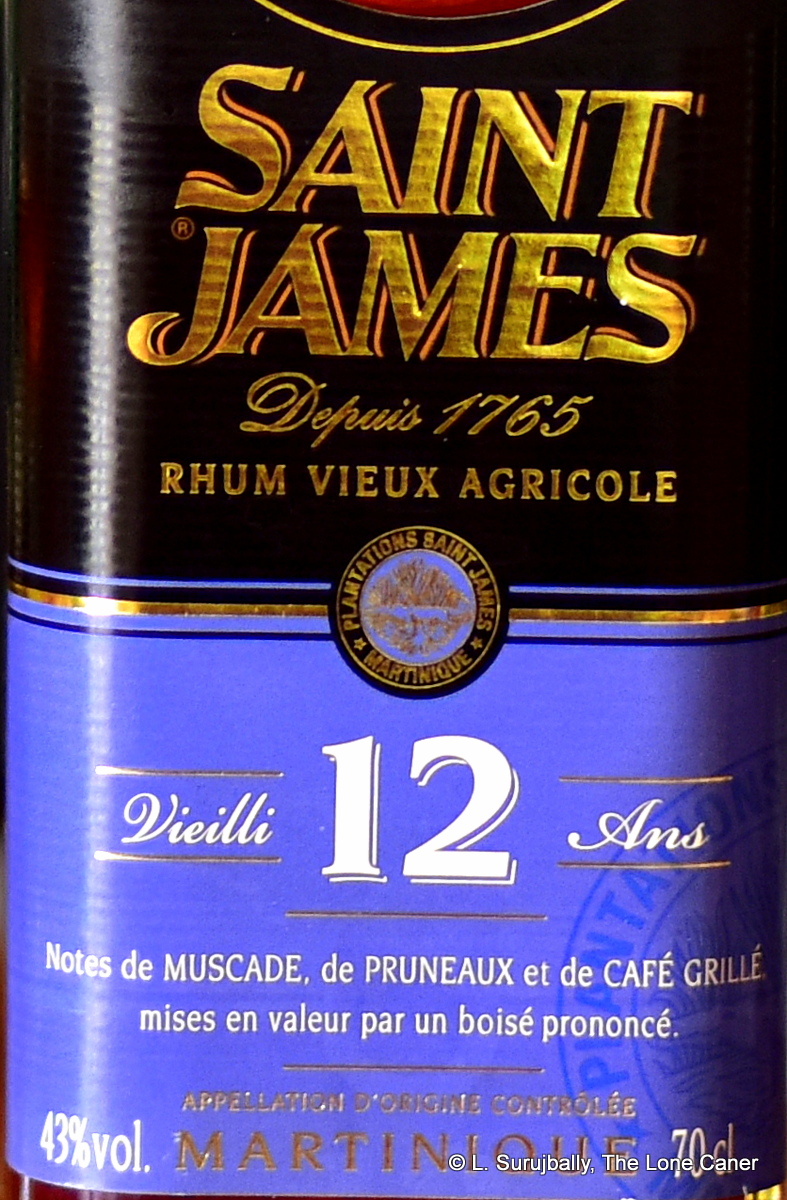 To some extent, it has a lighter nose than the luscious
To some extent, it has a lighter nose than the luscious 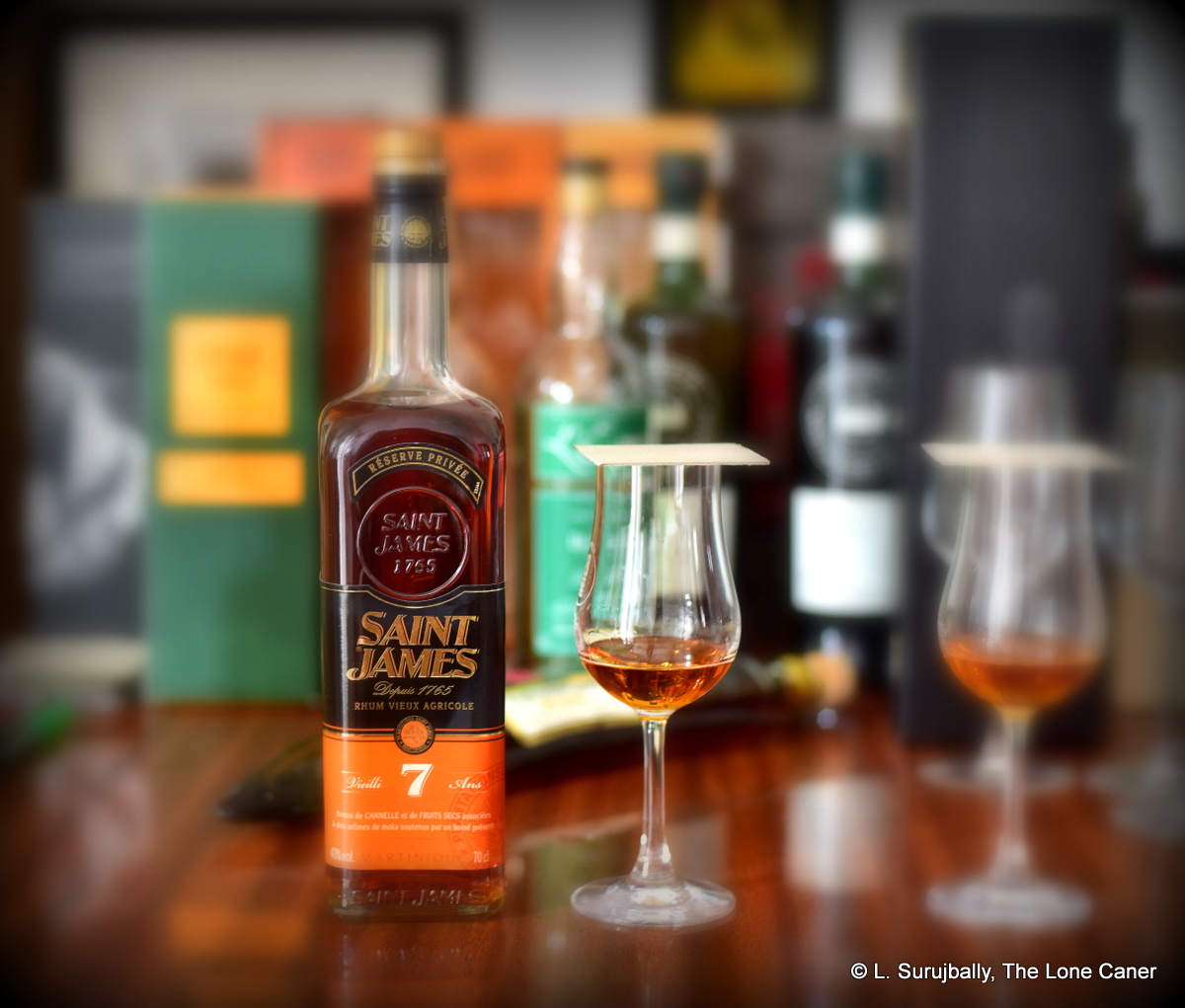
 Ah but when sipped, all that changes, and the clodhoppers go away and it dons a pair of ballet slippers. It’s stunningly fragrant, not quite delicate – that ballerina does have an extra pound or two – very firm and robust in flavour profile. Just on the first sip you can taste flowers, pears, papaya, honey, vanilla, raisins, grapes, all pulled together with a delectable light and salty note. There are nice citrus hints, a tease from the oak, ginger and cinnamon, and overall, it sips as nicely as it mixes. The finish is well handled, though content to play it safe – things are beginning to quieten down here, and it fades quietly without stomping on you – and certainly nothing new or original comes into being; the rhum is content to follow where the nose and palate led – fruits, pineapple, spices, ginger, vanilla – without breaking any new ground.
Ah but when sipped, all that changes, and the clodhoppers go away and it dons a pair of ballet slippers. It’s stunningly fragrant, not quite delicate – that ballerina does have an extra pound or two – very firm and robust in flavour profile. Just on the first sip you can taste flowers, pears, papaya, honey, vanilla, raisins, grapes, all pulled together with a delectable light and salty note. There are nice citrus hints, a tease from the oak, ginger and cinnamon, and overall, it sips as nicely as it mixes. The finish is well handled, though content to play it safe – things are beginning to quieten down here, and it fades quietly without stomping on you – and certainly nothing new or original comes into being; the rhum is content to follow where the nose and palate led – fruits, pineapple, spices, ginger, vanilla – without breaking any new ground.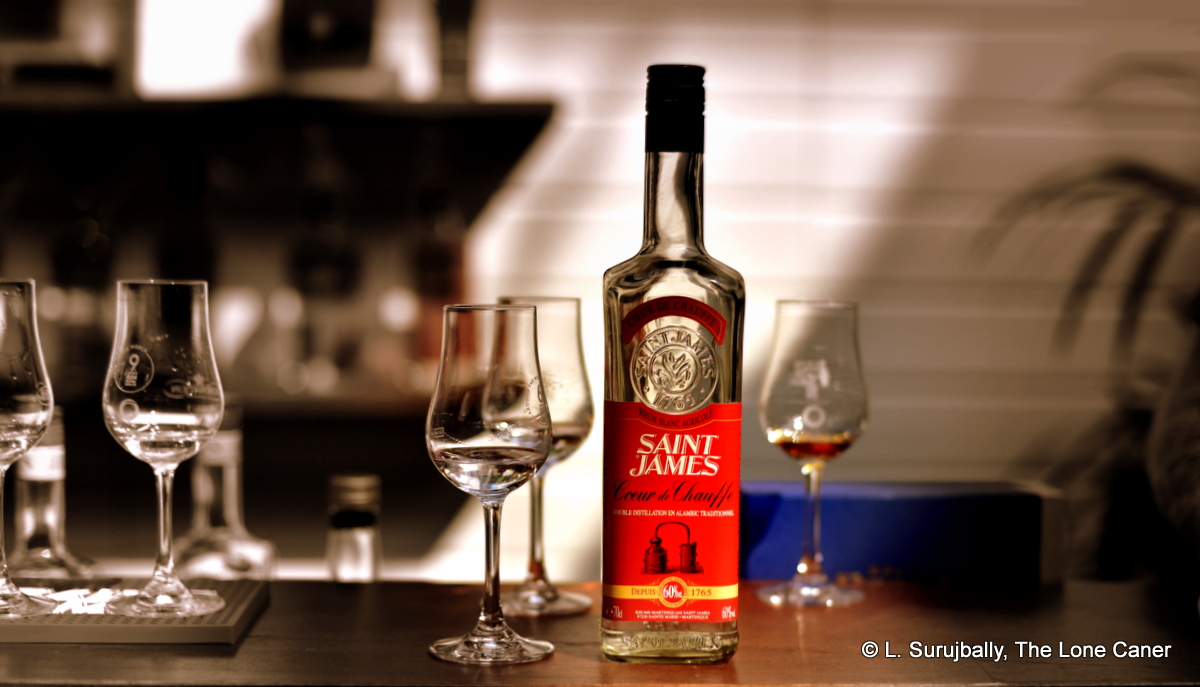
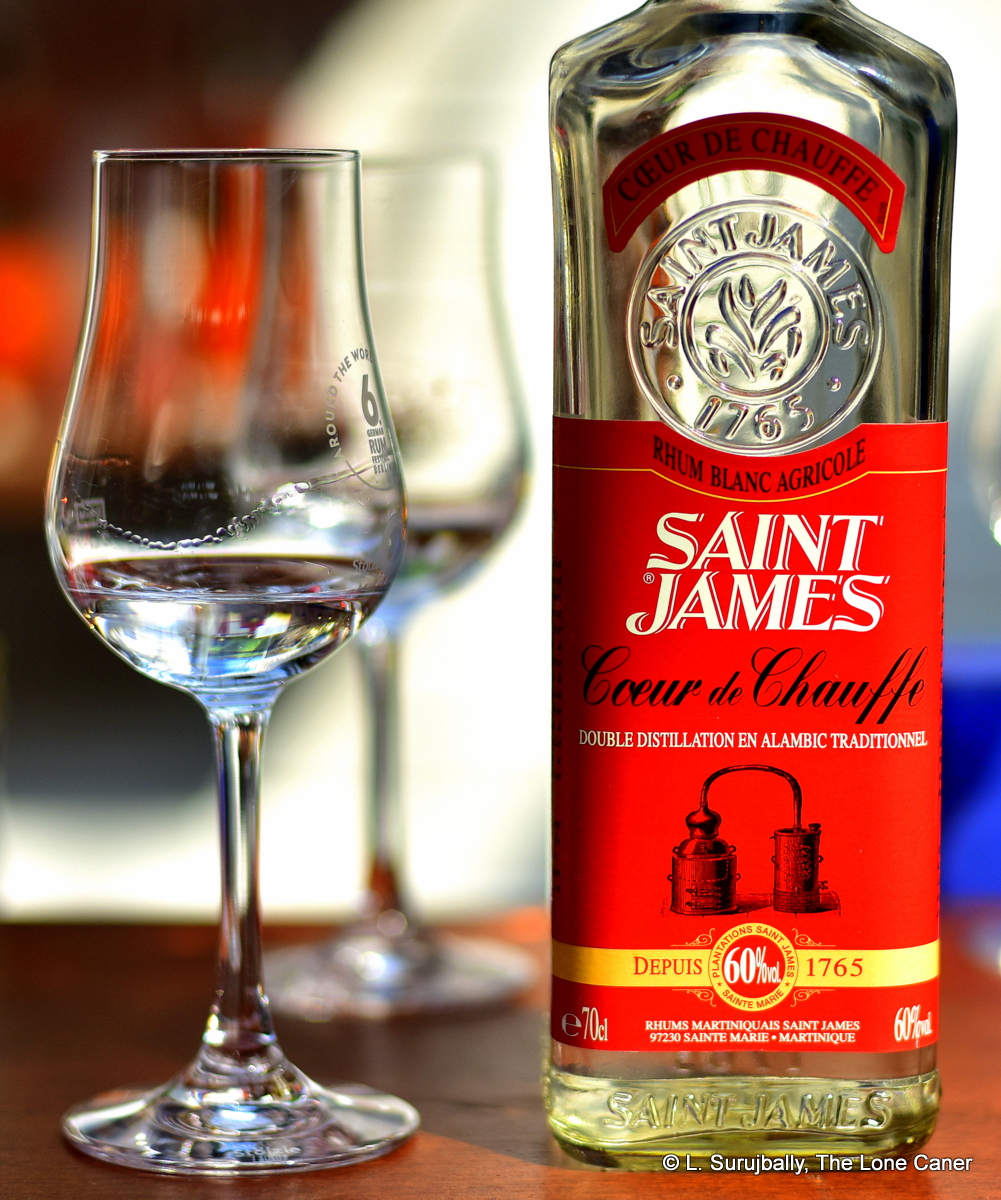 And also because, man, did this thing ever smell pungent — it was a bottle-sized 60-proof ode to whup-ass and rumstink. A barrage of nail polish, spoiling fruit, wood chips, wax, salt, and gluey notes all charged right out without pause or hesitation, spoiling for a fight. Even without making a point of it, the rhum unfolded with uncommon firmness into aromas of sweet, grassy herbals, green apples, sugar water, dill, cider, vegetables, toasted bread, a sharp mature cheddar, all mixed in with moist dark earth, sugar water, biscuits, orange peel. And the balance of all of them was really quite good, truly.
And also because, man, did this thing ever smell pungent — it was a bottle-sized 60-proof ode to whup-ass and rumstink. A barrage of nail polish, spoiling fruit, wood chips, wax, salt, and gluey notes all charged right out without pause or hesitation, spoiling for a fight. Even without making a point of it, the rhum unfolded with uncommon firmness into aromas of sweet, grassy herbals, green apples, sugar water, dill, cider, vegetables, toasted bread, a sharp mature cheddar, all mixed in with moist dark earth, sugar water, biscuits, orange peel. And the balance of all of them was really quite good, truly.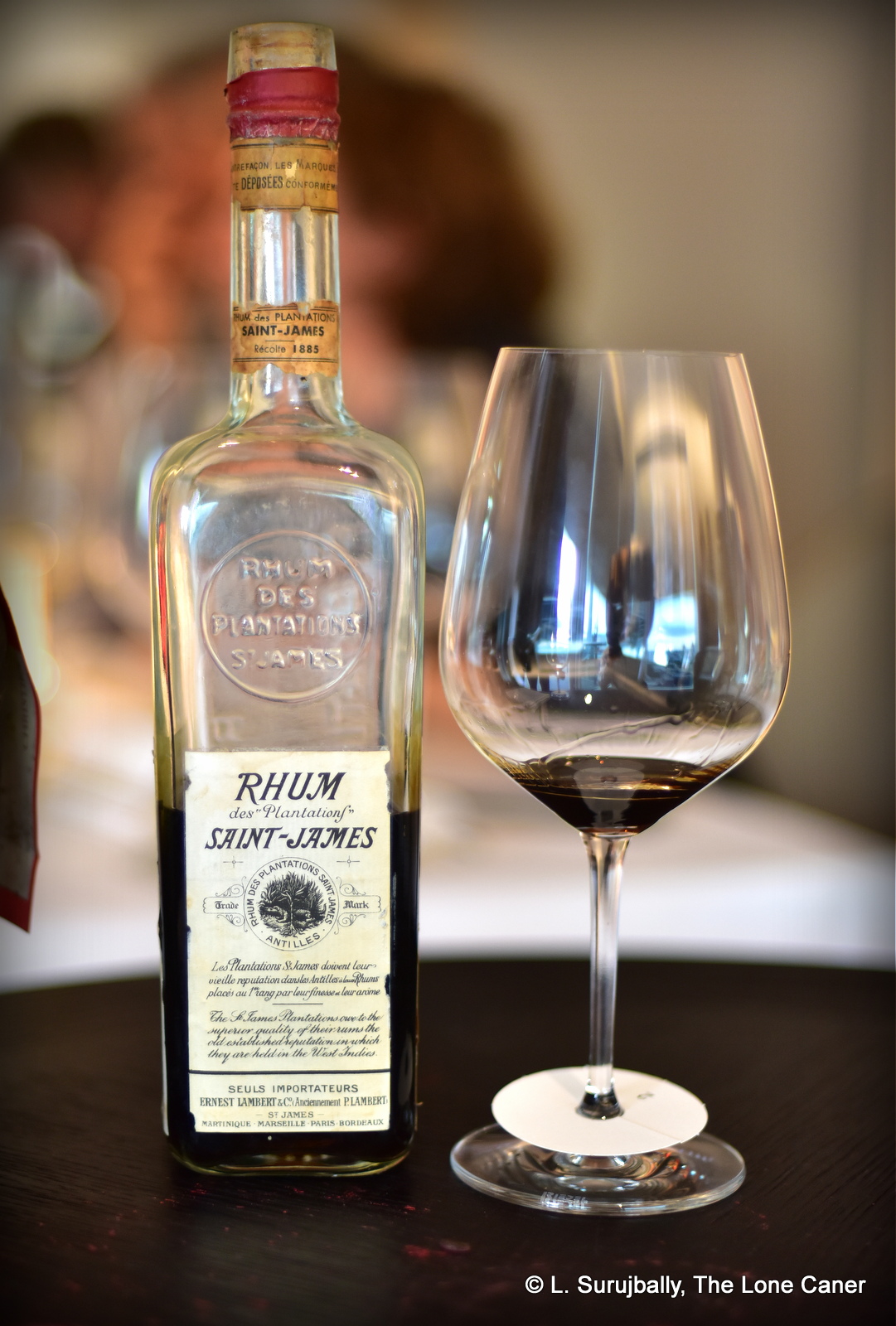
 Still, we had to get facts, and a lot of our preliminary conversations and subsequent texts and messages revolved around the data points, which are as follows: the rhum was made in 1885 on Martinique, and derived from cane juice that was boiled prior to fermentation. Although the exact age is unknown, it was certainly shipped off the island before Mount Pelée erupted in 1902 and destroyed all stocks there, so at an absolute maximum it can be 17 years old. This is, however unlikely – few rums or rhums were aged that long back then, and the opinion of the master blender of St James (Mark Sassier) that it was 8-10 years old is probably the best one (
Still, we had to get facts, and a lot of our preliminary conversations and subsequent texts and messages revolved around the data points, which are as follows: the rhum was made in 1885 on Martinique, and derived from cane juice that was boiled prior to fermentation. Although the exact age is unknown, it was certainly shipped off the island before Mount Pelée erupted in 1902 and destroyed all stocks there, so at an absolute maximum it can be 17 years old. This is, however unlikely – few rums or rhums were aged that long back then, and the opinion of the master blender of St James (Mark Sassier) that it was 8-10 years old is probably the best one (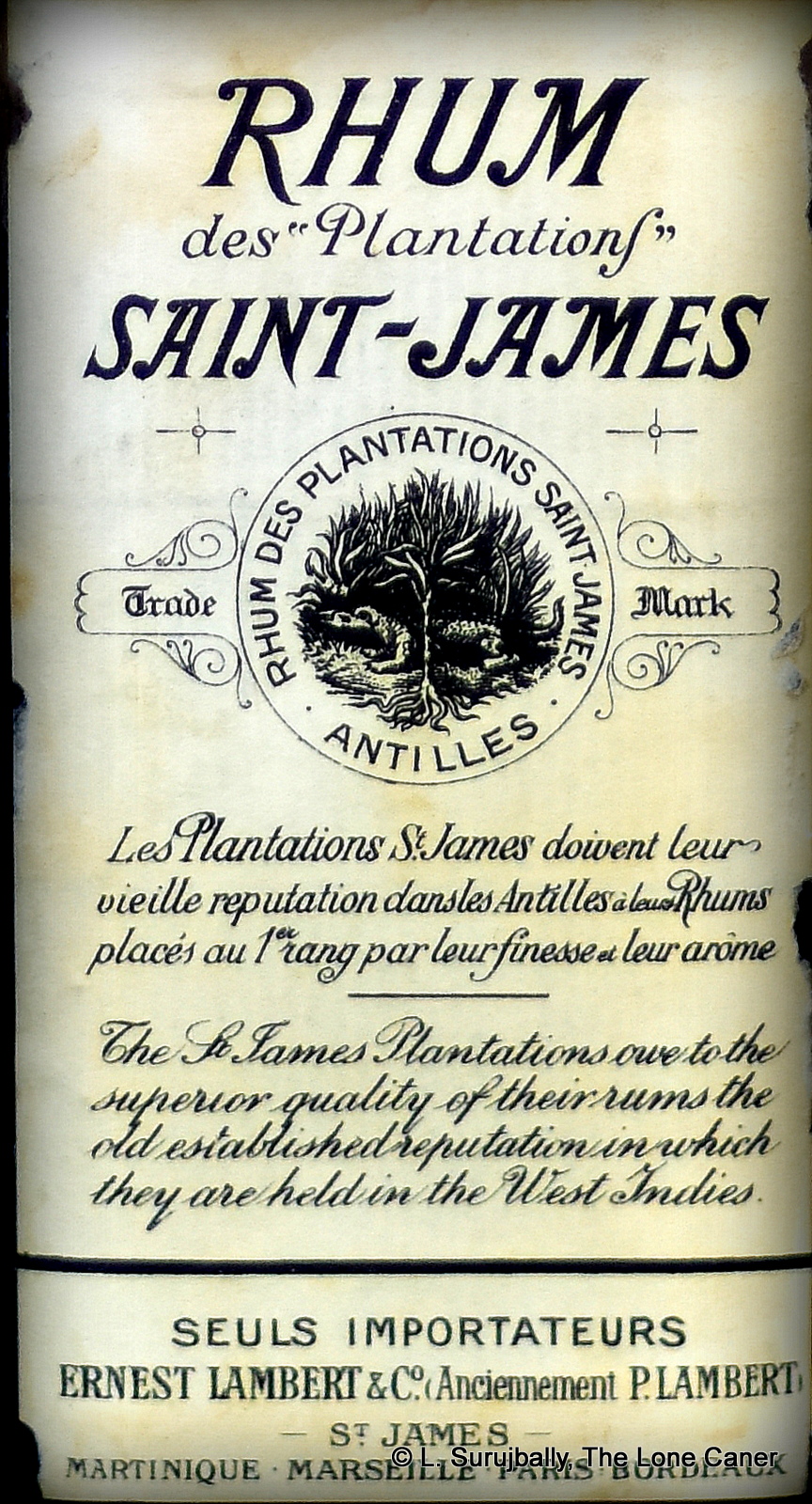
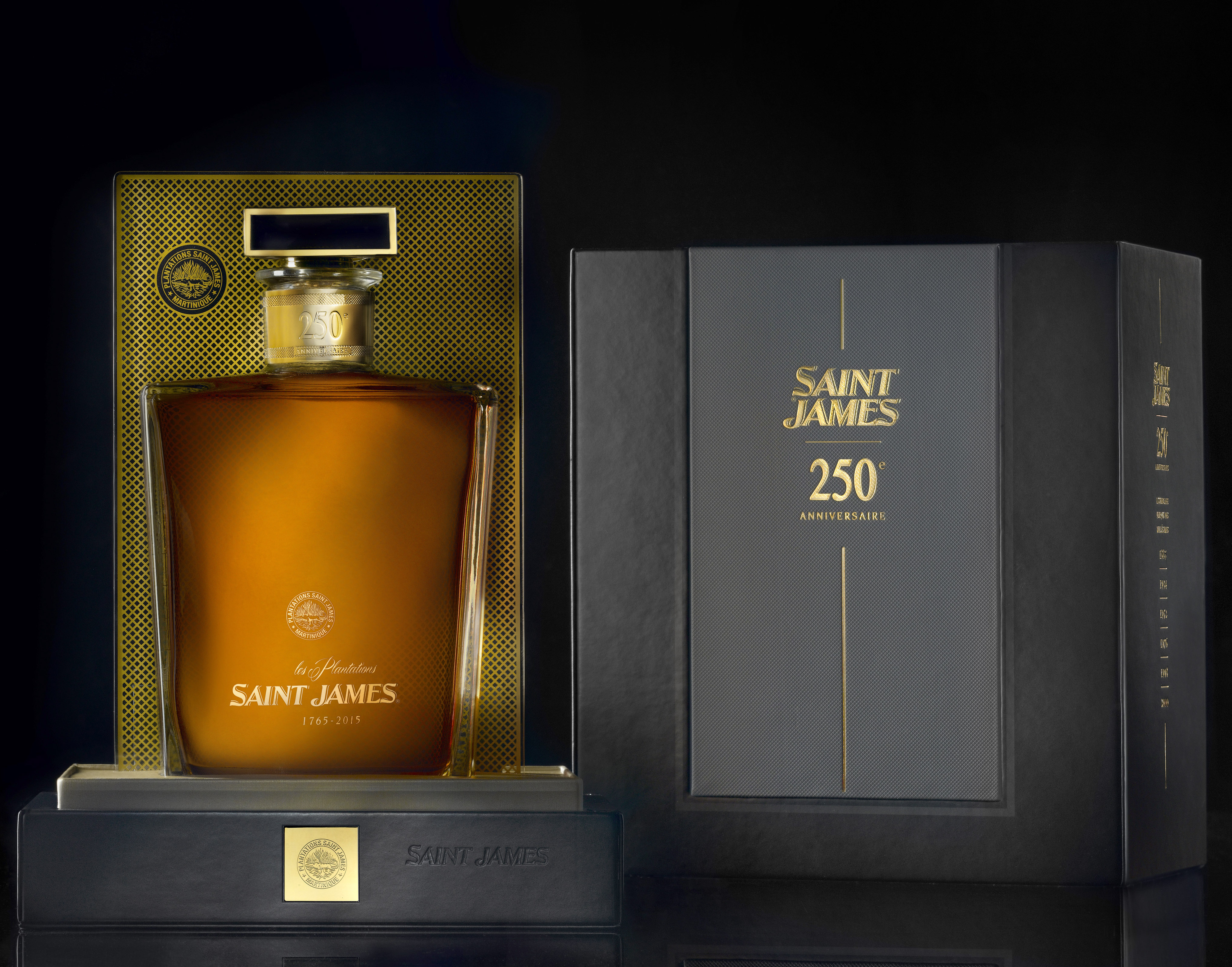
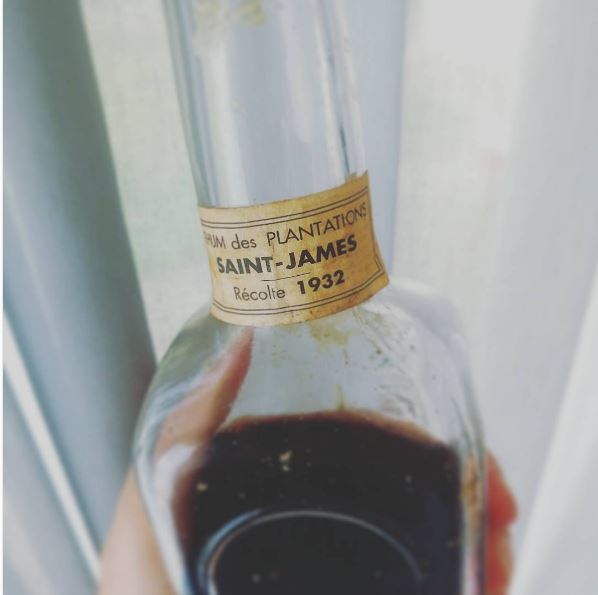

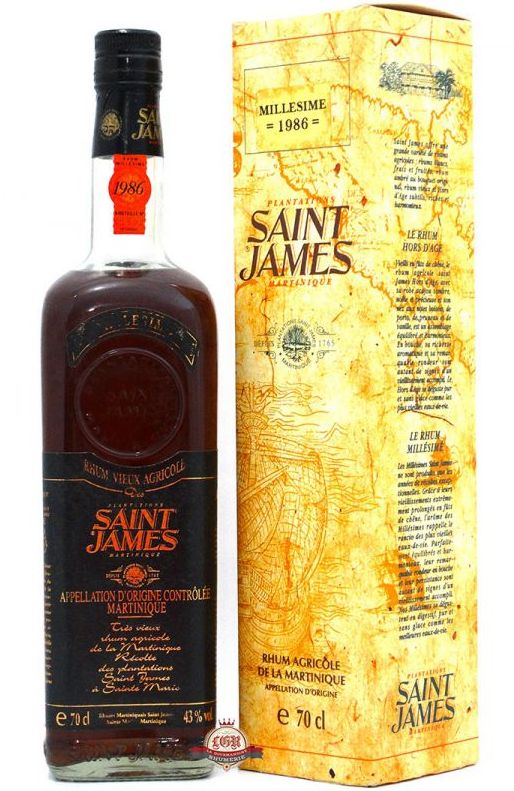
 Rumanicas Review 010 | 0410
Rumanicas Review 010 | 0410